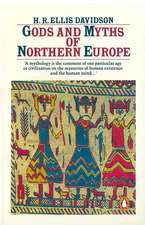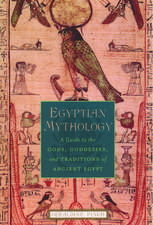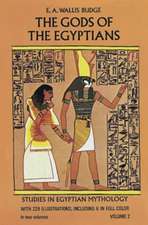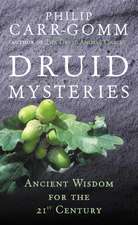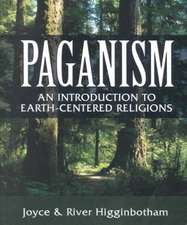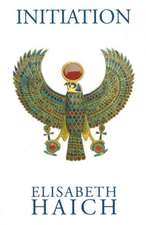Meluhha: Tree of Life
Autor S. Kalyanaramanen Limba Engleză Paperback – 4 noi 2013
| Toate formatele și edițiile | Preț | Express |
|---|---|---|
| Paperback (2) | 70.84 lei 3-5 săpt. | |
| Sarasvati Research Center – 4 noi 2013 | 70.84 lei 3-5 săpt. | |
| Sarasvati Research Center – 19 oct 2013 | 247.13 lei 3-5 săpt. |
Preț: 70.84 lei
Nou
Puncte Express: 106
Preț estimativ în valută:
13.56€ • 14.07$ • 11.33£
13.56€ • 14.07$ • 11.33£
Carte disponibilă
Livrare economică 24 februarie-10 martie
Preluare comenzi: 021 569.72.76
Specificații
ISBN-13: 9780991104802
ISBN-10: 0991104803
Pagini: 186
Dimensiuni: 152 x 229 x 10 mm
Greutate: 0.25 kg
Editura: Sarasvati Research Center
ISBN-10: 0991104803
Pagini: 186
Dimensiuni: 152 x 229 x 10 mm
Greutate: 0.25 kg
Editura: Sarasvati Research Center

